
Sodium Hydrogen Sulphite 500gm
$2,500.00 Original price was: $2,500.00.$2,300.00Current price is: $2,300.00.

Soluble Starch Powder 500gm
$2,500.00 Original price was: $2,500.00.$2,300.00Current price is: $2,300.00.
Sodium Metal 100gm
$3,000.00 Original price was: $3,000.00.$2,500.00Current price is: $2,500.00.
Whatsapp Order
Chemical Formula: Na
Appearance: Sodium metal is a soft, silvery-white, highly reactive metal. It is shiny when freshly cut but tarnishes rapidly in air due to oxidation.
Physical Properties:
- Atomic Number: 11
- Density: 0.97 g/cm³ at 20°C
- Melting Point: 97.79°C (207.02°F)
- Boiling Point: 883°C (1621°F)
- Hardness: Sodium is soft enough to be cut with a knife.
Chemical Properties:
- Reactivity: Sodium is highly reactive, especially with water, producing sodium hydroxide and hydrogen gas. This reaction is exothermic and can be explosive. 2Na+2H2O→2NaOH+H22Na + 2H_2O → 2NaOH + H_22Na+2H2O→2NaOH+H2
- Oxidation: In air, sodium rapidly oxidizes, forming a layer of sodium oxide (Na_2O).
Storage: Due to its reactivity, sodium metal is stored under oil or in an inert atmosphere, such as argon, to prevent reactions with moisture and oxygen in the air.
SKU:
ACS73664CHEM0
Category: Analytical Reagents
Description
Table of Contents
ToggleUses of Sodium Metal
Laboratory Uses of Sodium Metal
- Reduction Reactions:
- Organic Synthesis: Sodium is used as a reducing agent in the synthesis of various organic compounds, such as in the Birch reduction where it reduces aromatic rings to cyclohexadienes.
- Inorganic Chemistry: It reduces metal oxides to their respective metals. For example, in the preparation of titanium via the Kroll process.
- Formation of Alkoxides:
- Sodium reacts with alcohols to form sodium alkoxides, which are important intermediates in organic synthesis.
- Example: Sodium ethoxide (NaOEt) can be prepared by reacting sodium with ethanol.
- Preparation of Sodium Salts:
- Sodium metal reacts with various acids to produce sodium salts and hydrogen gas.
- Example: Sodium metal and hydrochloric acid produce sodium chloride (table salt).
- Drying Solvents:
- Sodium metal is used to dry solvents, especially those used in organic synthesis, by removing trace amounts of water.
- Example: Toluene and benzene can be dried using sodium metal.
- Preparation of Organosodium Compounds:
- Sodium metal is used in the synthesis of organosodium compounds, such as sodium naphthalide, which are used as powerful reducing agents.
- Catalyst in Chemical Reactions:
- Sodium is used as a catalyst or promoter in certain types of chemical reactions.
- Example: Sodium is used in the Wurtz reaction, which involves the coupling of alkyl halides to form higher alkanes.
- Sodium Fusion Test:
- In qualitative organic analysis, the sodium fusion test (Lassaigne’s test) is used to detect the presence of halogens, nitrogen, and sulfur in organic compounds.
- In this test, the organic compound is fused with sodium metal, converting these elements into water-soluble salts that can be detected.
- Heat Transfer Medium:
- While more common in industrial applications, sodium metal can be used as a heat transfer medium in certain laboratory settings, especially in high-temperature reactions due to its excellent thermal conductivity.
- Sodium Vapor Lamps:
- In some specialized laboratory setups, sodium vapor lamps are used for illumination and spectral analysis due to their intense yellow light
Reviews (0)
Be the first to review “Sodium Metal 100gm” Cancel reply
Related products
2 Propanol 2.5 litres (IPA)
Isopropyl alcohol (IPA), also known as 2-propanol, is a colorless, flammable chemical compound with the molecular formula C3H8O. It is a type of alcohol that is commonly used as a solvent, disinfectant, and cleaning agent in a variety of industries, including healthcare, manufacturing, and electronics. IPA is often used as a disinfectant because it is effective at killing a wide range of microorganisms, including bacteria, viruses, and fungi. It is also commonly used as a solvent for oils, resins, and gums, and as a cleaning agent for electronic devices and other equipment.
Agar Agar Powder
Agar agar powder refers to the dehydrated and powdered form of agar agar, a natural gelling agent derived from seaweed. It is made by drying and grinding the agar agar gel, resulting in a fine powder with excellent gelling properties. Agar agar powder is commonly used in cooking, baking, and food preparation as a vegetarian and vegan substitute for gelatin. It is prized for its ability to create firm and stable gels at relatively low concentrations and temperatures. Agar agar powder is versatile and can be used in a variety of recipes, including desserts, confectioneries, jams, jellies, and savory dishes.
Aluminum Sulphate 500gm
Aluminum sulfate, also known as alum, is a chemical compound with the formula Al2(SO4)3. It's commonly used in water treatment plants as a coagulant to clarify turbid or muddy water by causing suspended particles to clump together and settle out. In addition to water treatment, aluminum sulfate has various other industrial applications, such as in paper manufacturing, dyeing, and as a mordant in textile dyeing to help fix dyes to fabrics.
Ammonium Chloride 500gm
Ammonium chloride is an inorganic compound with the chemical formula NH4Cl. It is a white crystalline salt that is highly soluble in water and has a salty taste. Ammonium chloride is often used in various industrial and laboratory applications, including as a flux in soldering, as a nitrogen source in fertilizers, and as a component in dry cell batteries. It can also be used in medicine as an expectorant to help thin and loosen mucus in the respiratory system
Ammonium Dichromate 500gm
Anhydrous Aluminum Chloride
Anhydrous aluminum chloride, often represented as AlCl3, is a chemical compound composed of aluminum and chlorine. "Anhydrous" means it lacks water molecules in its structure. It's a white or pale yellow solid that is highly hygroscopic, meaning it readily absorbs moisture from the air. This property makes handling it a bit tricky since it can form a solution with water vapor in the air, turning into a fuming liquid.



 LABORATORY EQUIPMENT & APPARATUS
LABORATORY EQUIPMENT & APPARATUS
 Fertilizers
Fertilizers Plant Growth Regulators
Plant Growth Regulators Soil Conditioners
Soil Conditioners Animal Feed Additives
Animal Feed Additives Biostimulants
Biostimulants Dough Conditioners
Dough Conditioners Flour Treatments
Flour Treatments Fat Replacers
Fat Replacers Preservatives (baking)
Preservatives (baking)
 Surfactants (cleaning)
Surfactants (cleaning) Builders
Builders Bleaching Agents
Bleaching Agents Enzymes
Enzymes Solvents (cleaning)
Solvents (cleaning) Fragrances
Fragrances


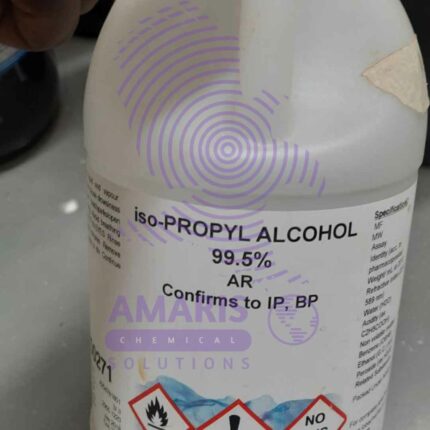

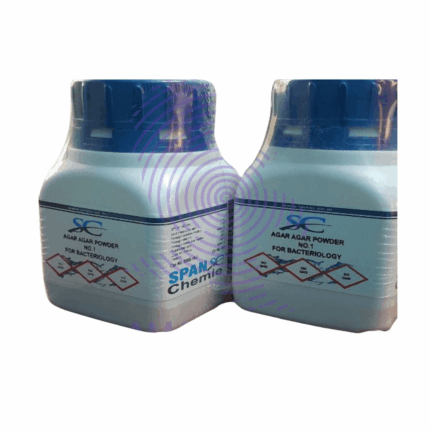
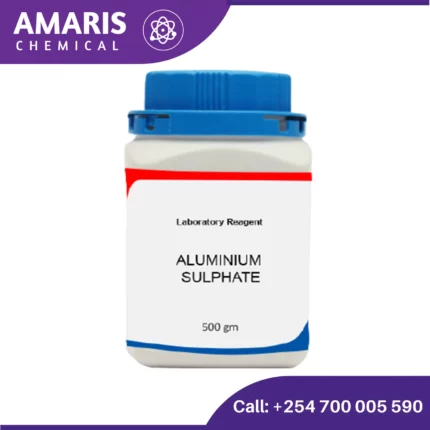


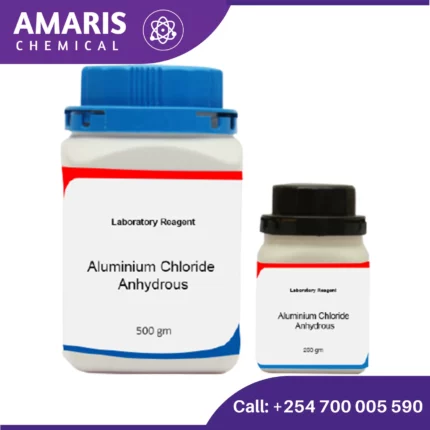
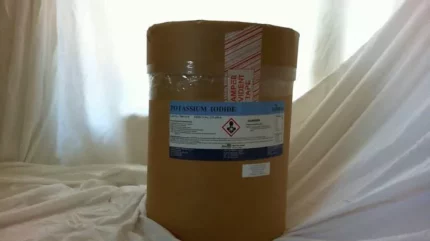
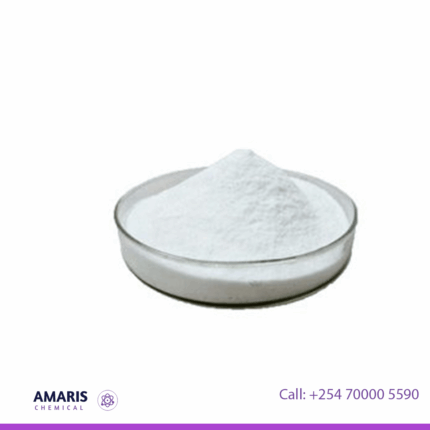













Reviews
There are no reviews yet.